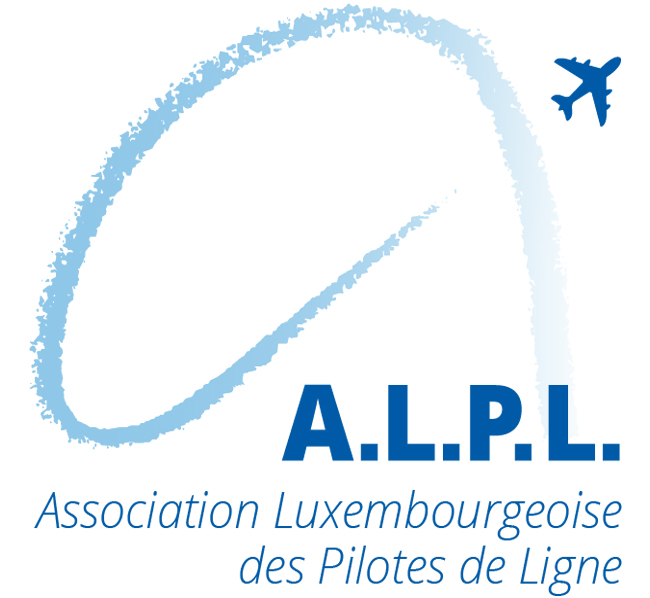Two years ago – in June 2019 – I attended the joint EASA/FAA Conference in Cologne on behalf of ECA. My mission: find out how aircraft certification would evolve after the two fatal crashes and subsequent grounding of the B737MAX. I was only one of the few pilots present, attending along with aircraft manufacturers (Boeing, Airbus, Embraer, ATR…) or OEMs (Honeywell, Thales, Rockwell-Collins…) curious to see what new requirements they would face in the future. To be honest, I didn’t get much additional information on the MAX than what was publicly available since most of the discussions between regulators and the manufacturer were probably held behind closed doors. But what I learned about the efforts on Reduced Crew Operations (RCO) was appalling.
Hundreds of millions of Euros are being spent on autonomous flight research as was confirmed by Filipe Verhaeghe (CEO UNMANNED) during the Man vs. Machine webinar, organised by BeCA earlier this year. Sure, we have seen rapid advances in drone technology over the last decade and it is nice to know that these things have a homing function in case of malfunction, but I am talking passenger aircraft. Pushed by the need for improved urban mobility, companies like Volocopter already have flying prototypes and just obtained prerequisite EASA approval for production.





